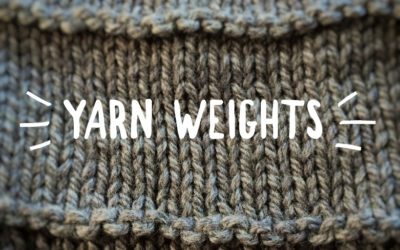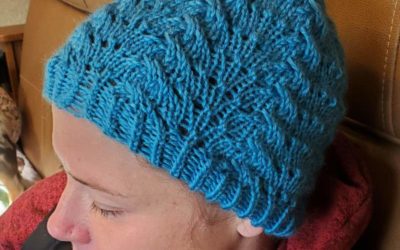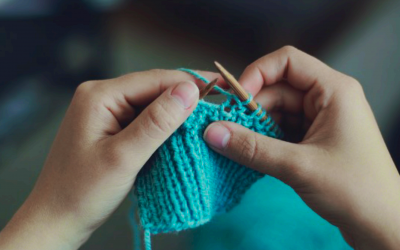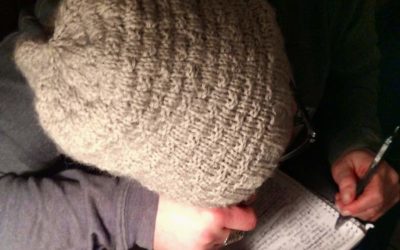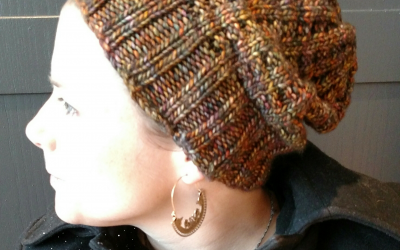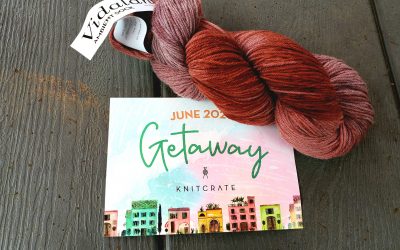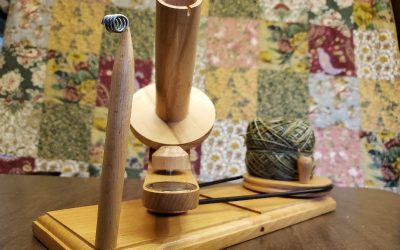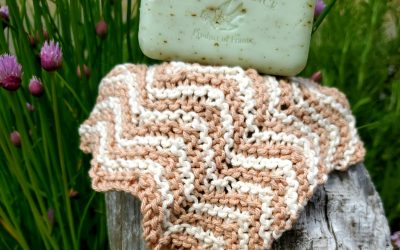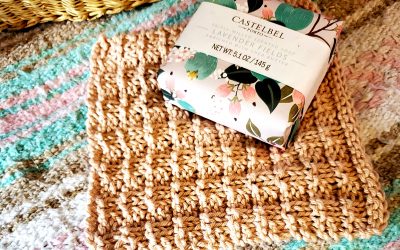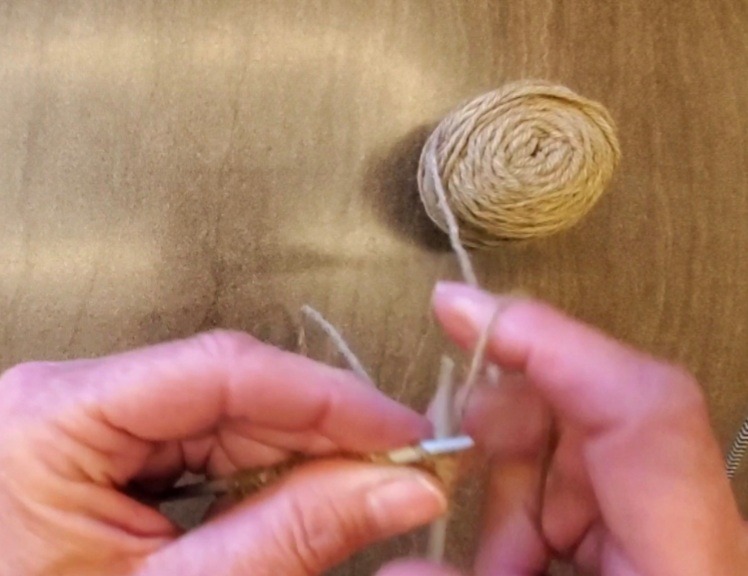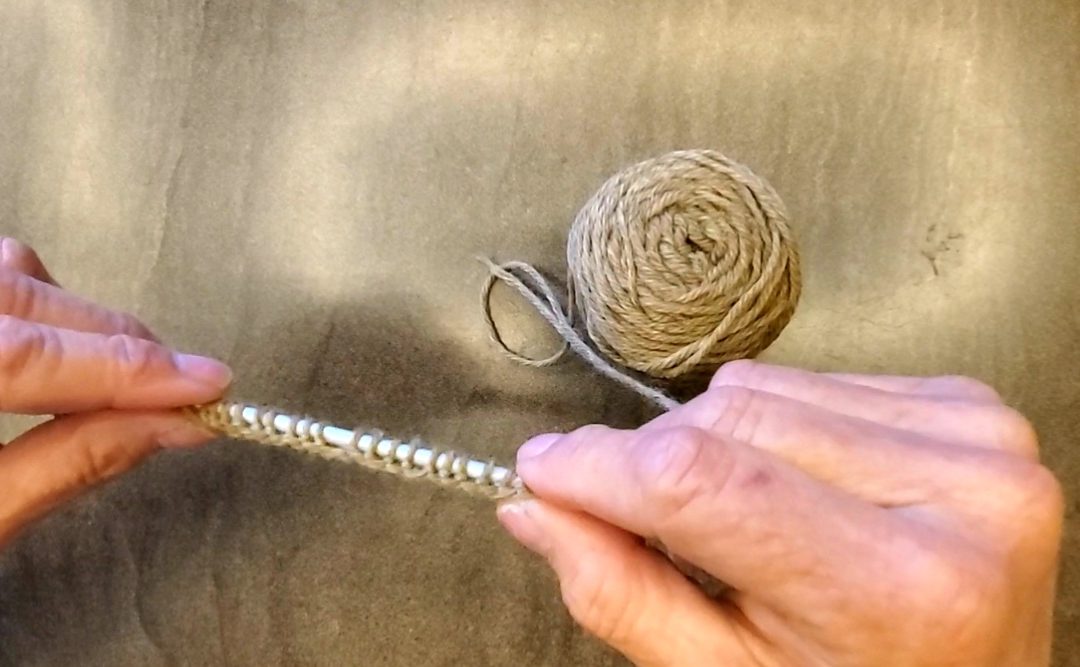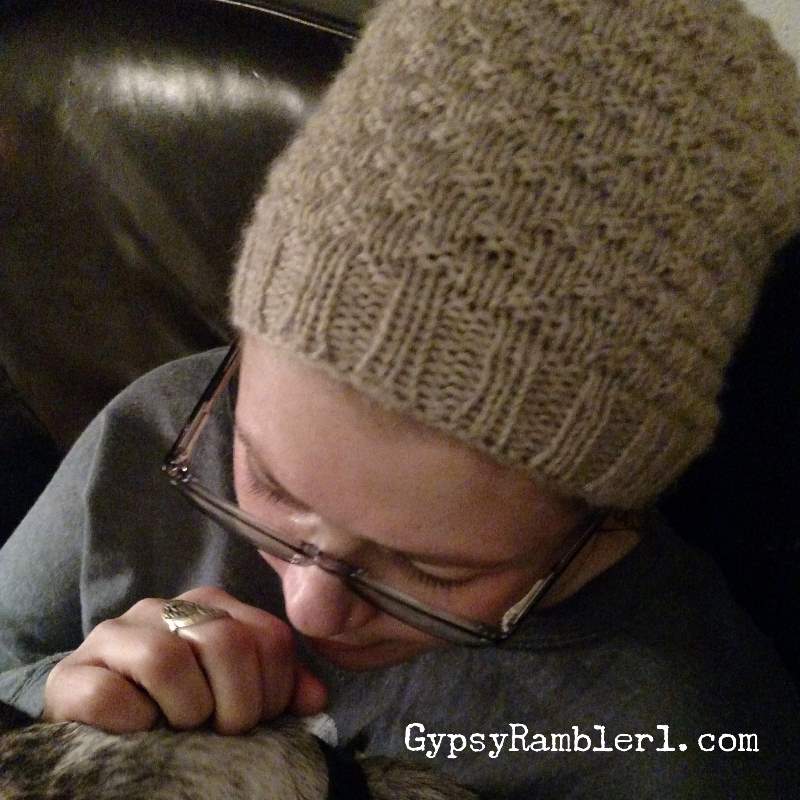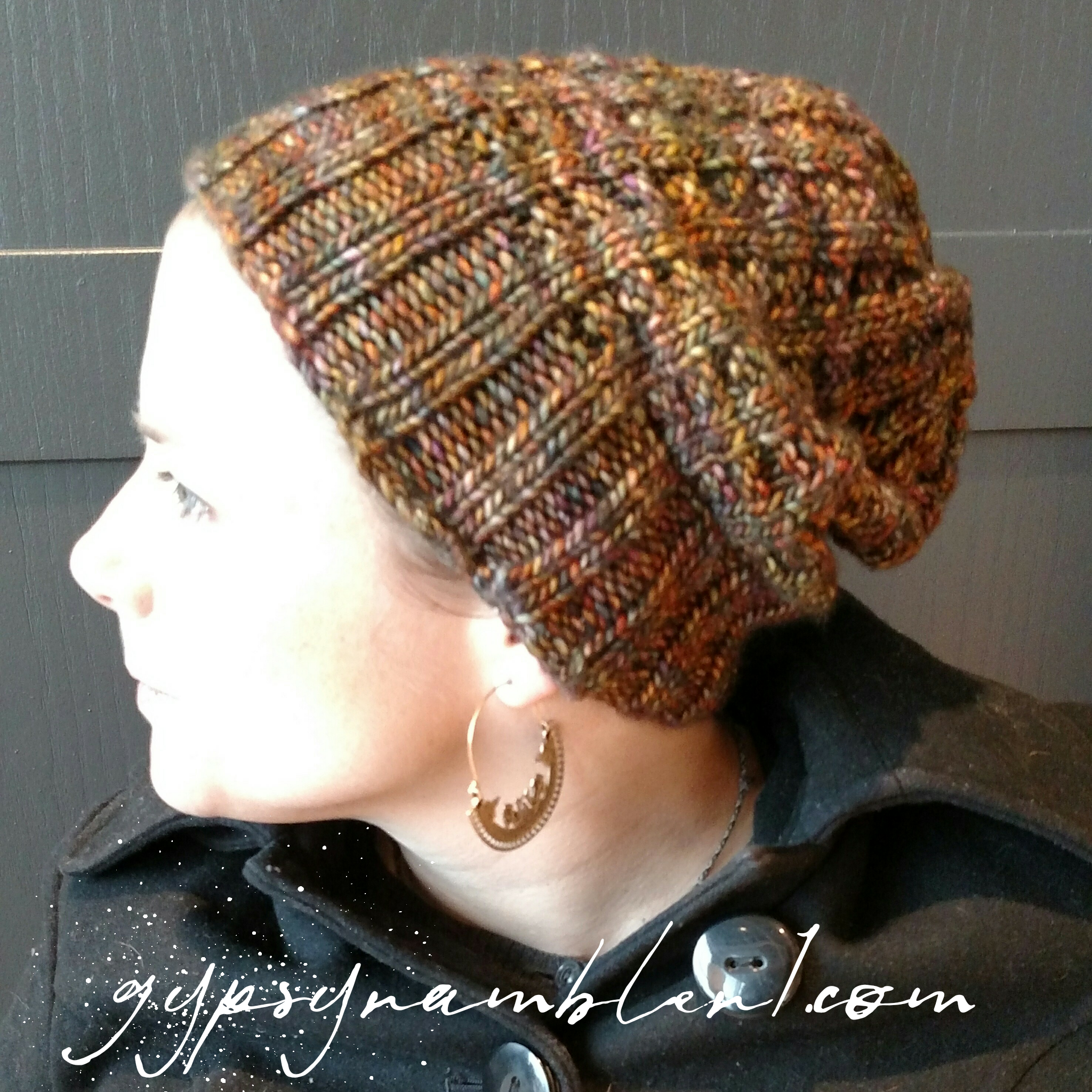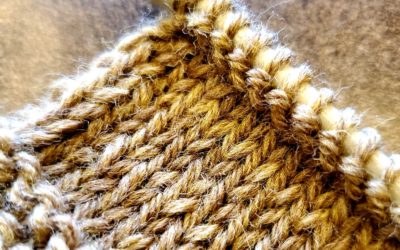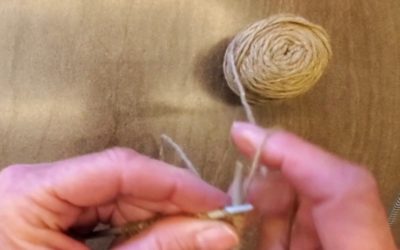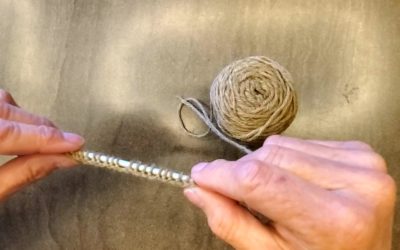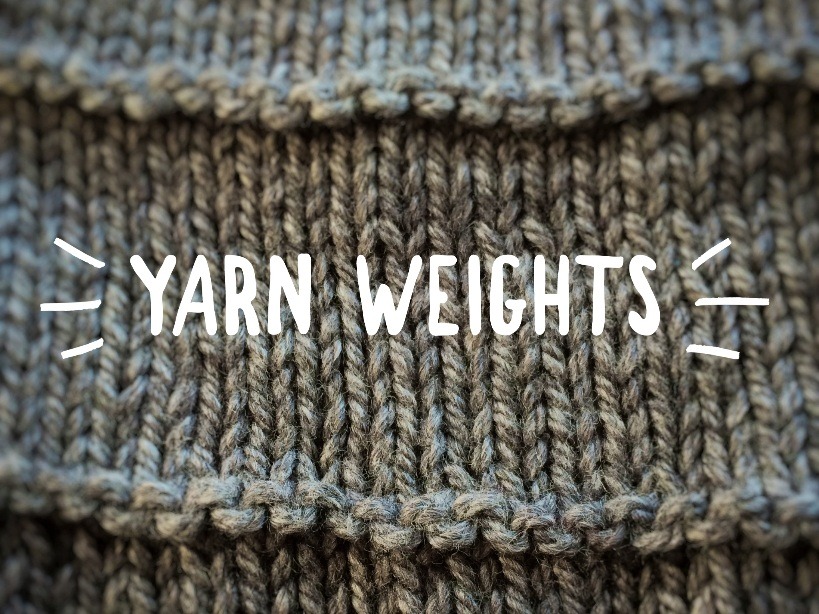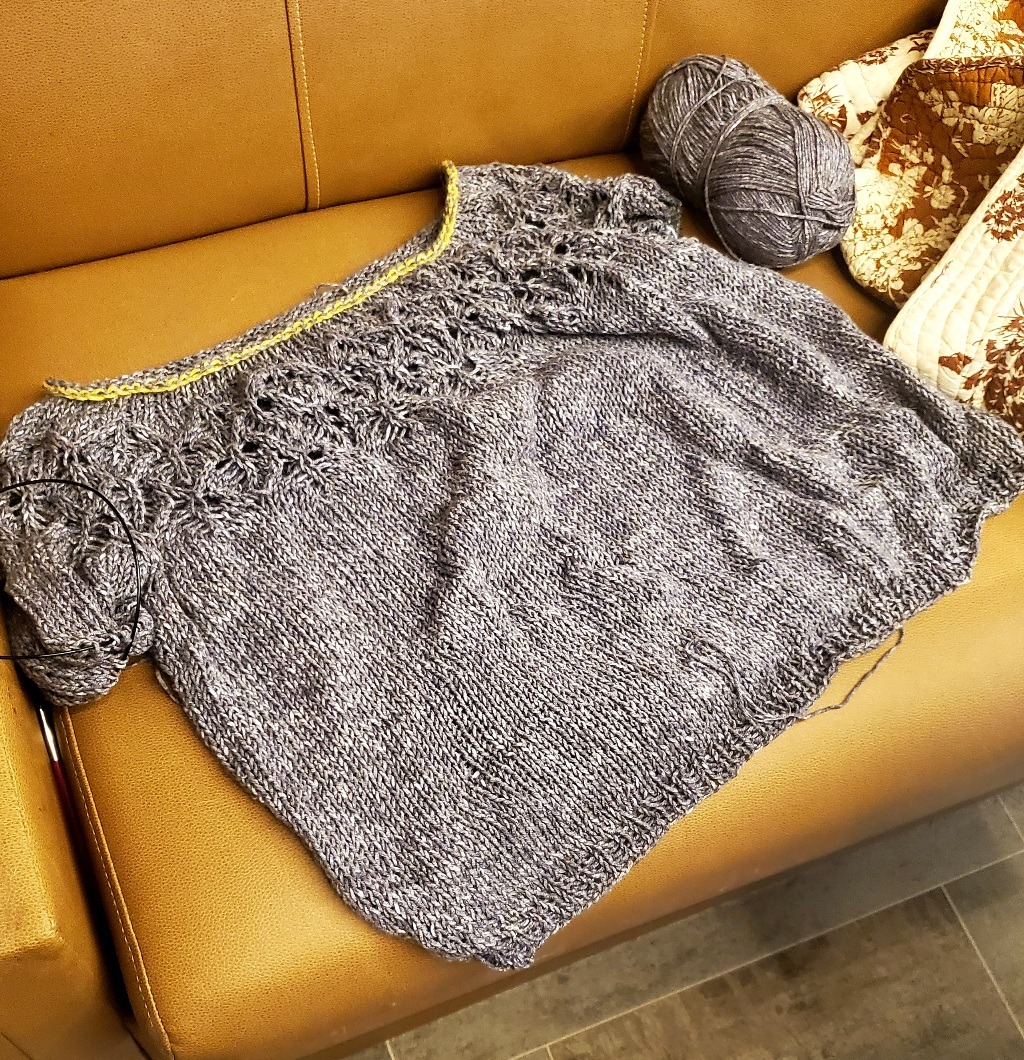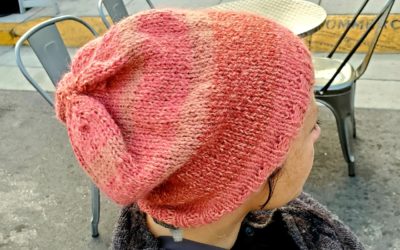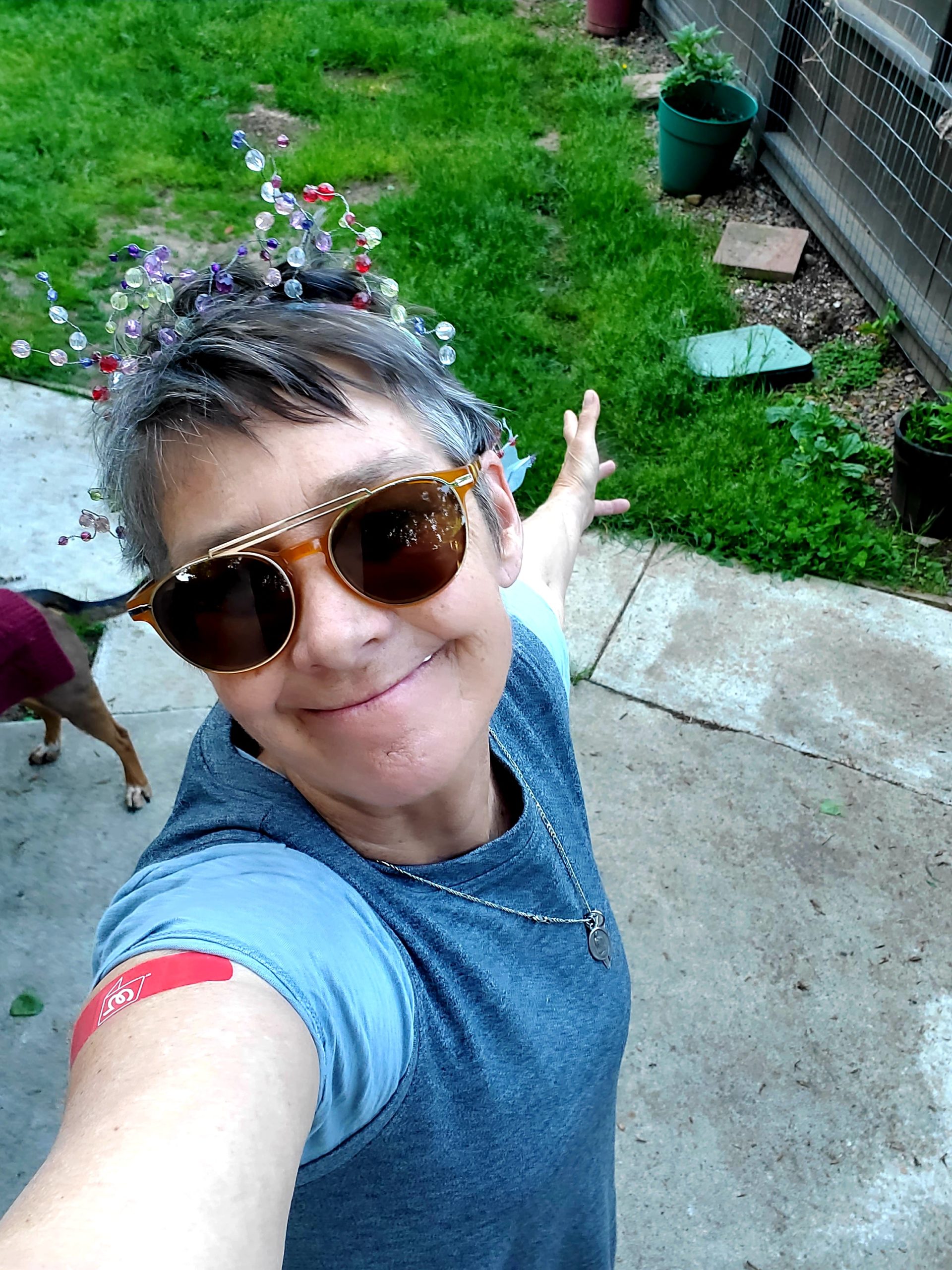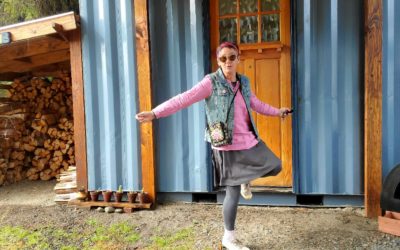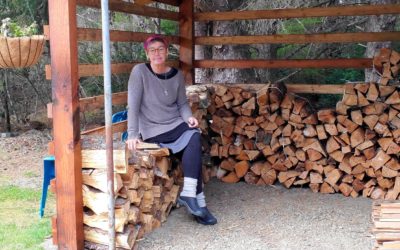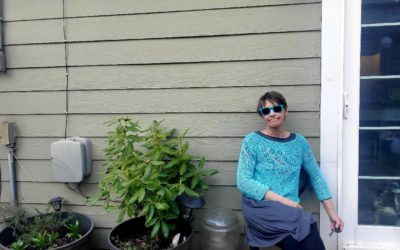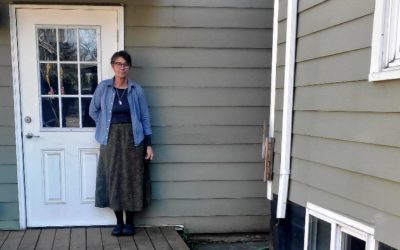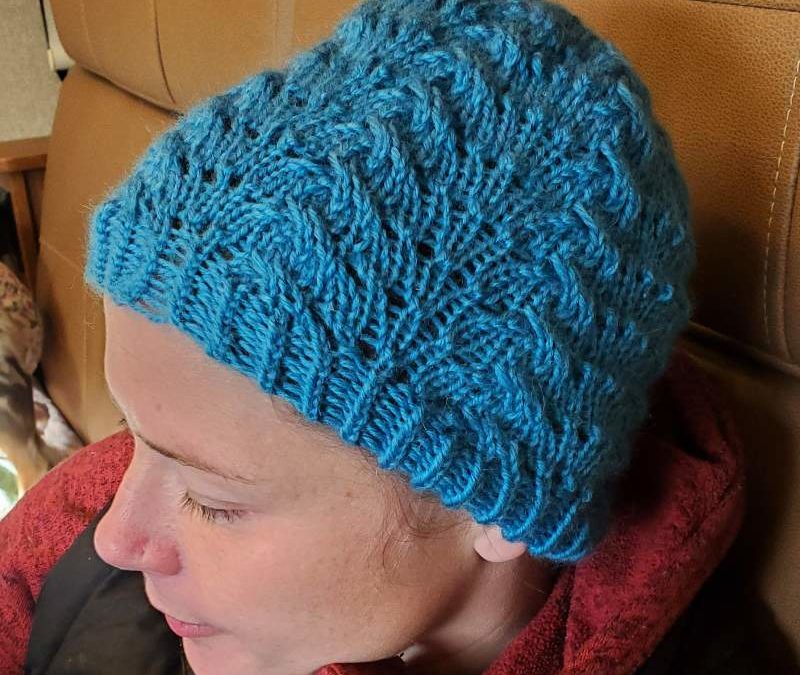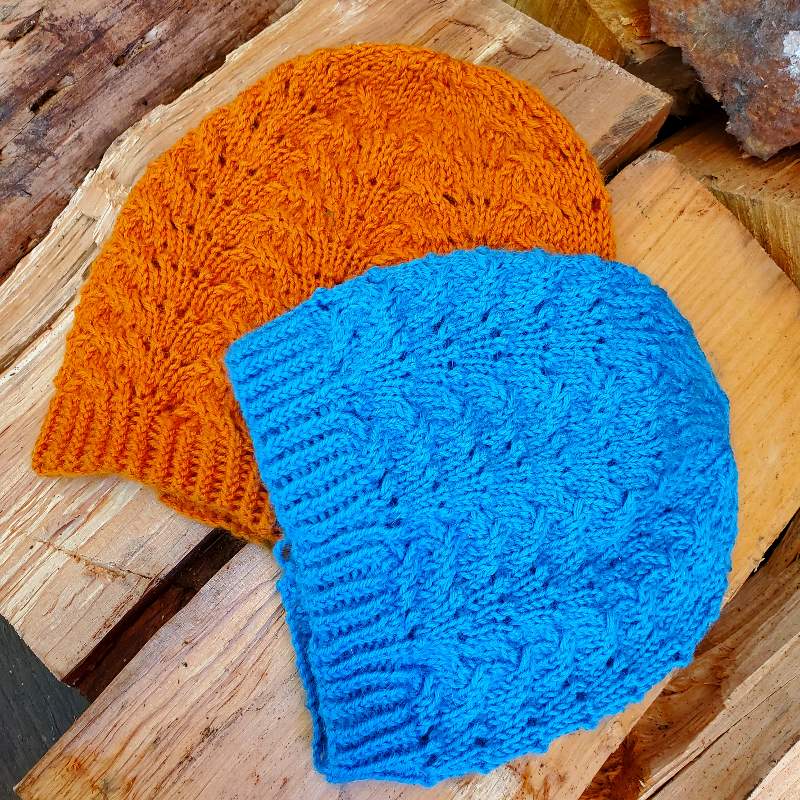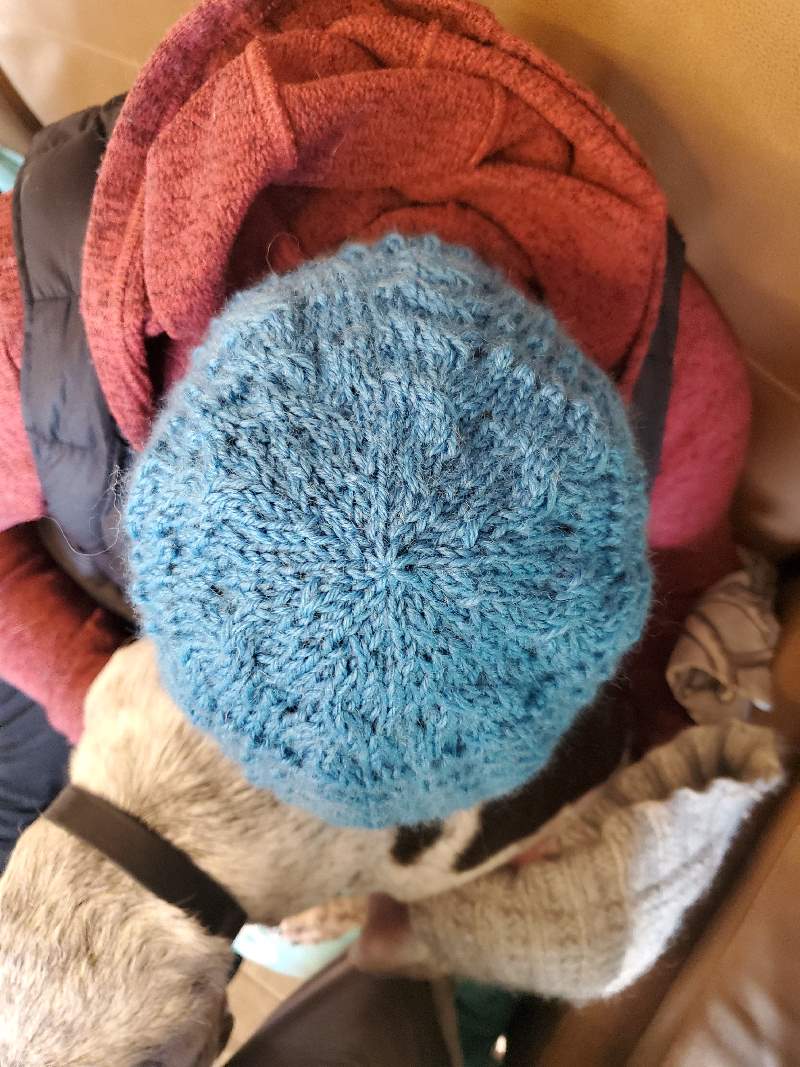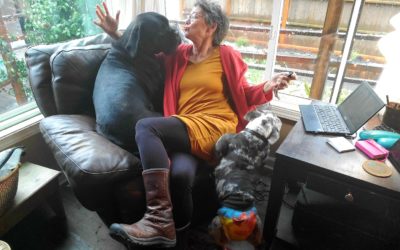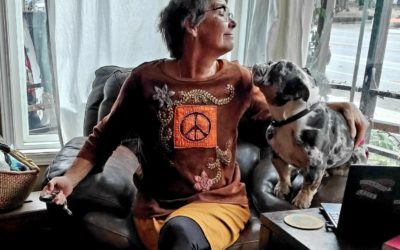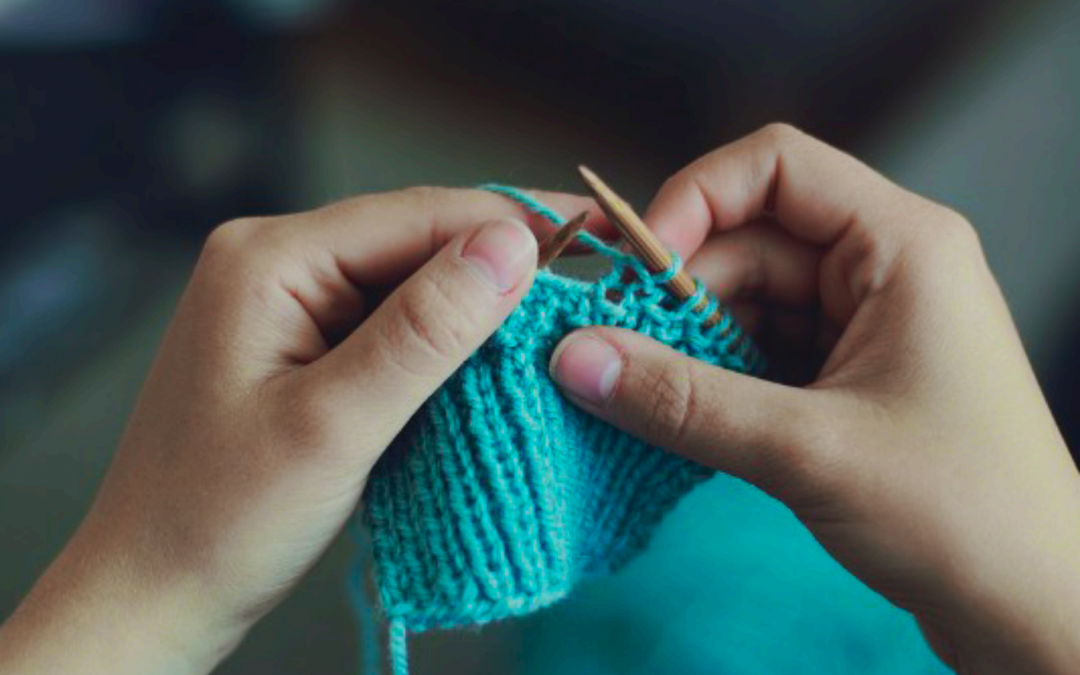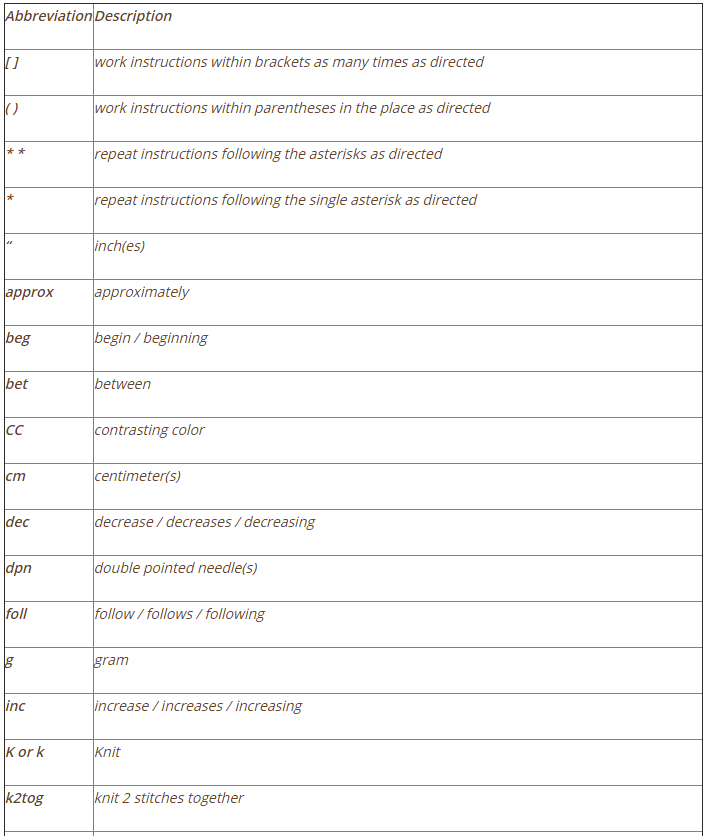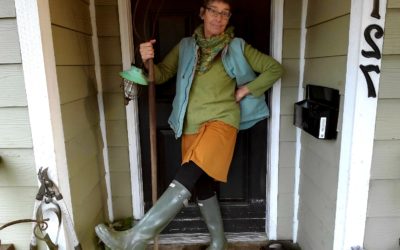Yarn Weight can be a very confusing subject for...
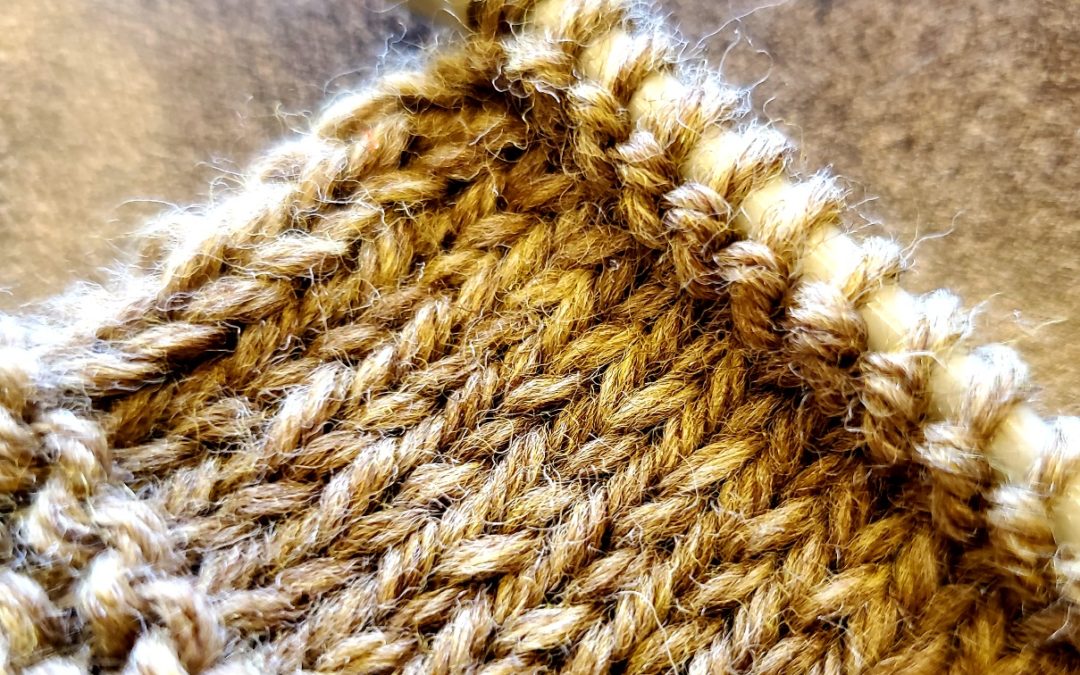
gypsy wagon knits basics: knit and purl stitches
My name is Tracy, and I am excited to share tips and techniques, patterns, and knitting info — yarn and book reviews, products, and all kinds of knitting fun! And Stay tuned for our new YouTube Gypsy Wagon Knits Basics videos on the Gypsy Wagon Knits YouTube Channel! (link below)
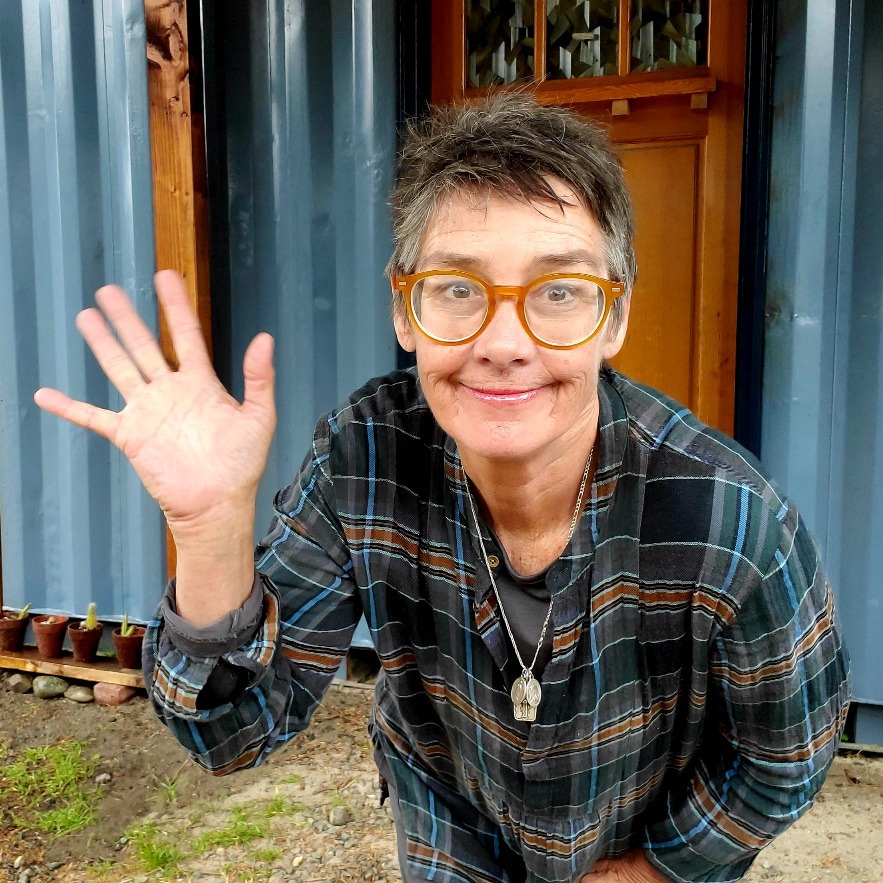

Welcome to the basics of knitting series! This is the third video, and I’m going to show you the purl stitch. Knit (K) and purl (P) make up the majority of knitting, and when combined, produce the traditional stockinette stitch show in the first photo.
My goal is to help you learn all the steps to make a hat. So stay tuned for more!
If you missed the previous videos, click below:
- Long-tail cast-on: CLICK HERE
- The Knit Stitch: CLICK HERE
Hope you found my video on the knit and purl stitches useful. Coming up in the next post, I will show how to combine the stitches to make a ribbing… like for a hat!


Thanks for stopping by! Click HERE to get 50% off a pattern of your choice when you use the coupon code HAPPY at checkout on my Ravelry Page.

recent knitting posts:
gypsy wagon knits: yarn weight guide
Beach Hat
A slouchy comfortable to wear hat knit up in...
Most Common Knitting Abbreviations
Knitting abbreviations — these are the most...
River Hat
The River Hat is a versatile, mid-weight hat,...
Canyon Hat
The Canyon Hat is a nice chunky hat made in...
yarn delivery: vidalana in desert dusk
I just got a super sweet yarn delivery: Vidalana...
ball winder
I have been PINING over one of these super cool...
zig zag cloth
The zig zag cloth is another super simple and...
waffle cloth
The waffle cloth is one of my favorites! I give...

